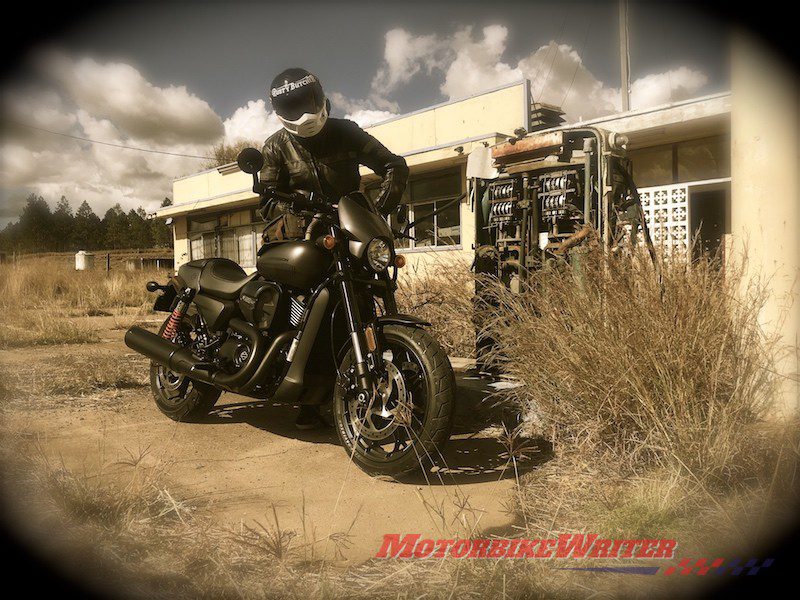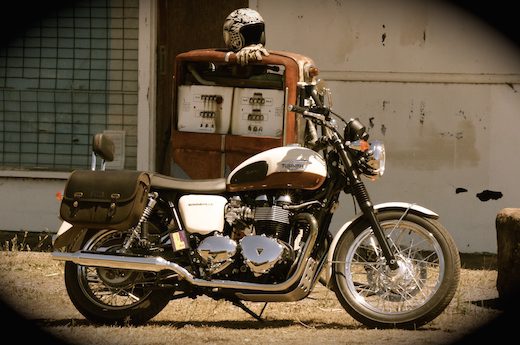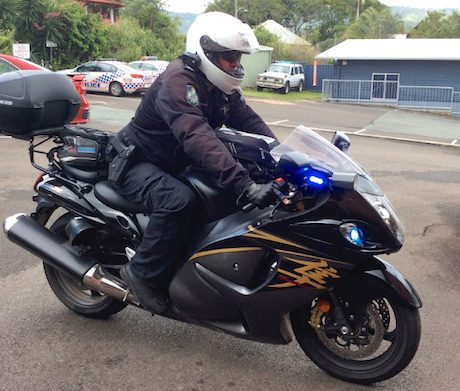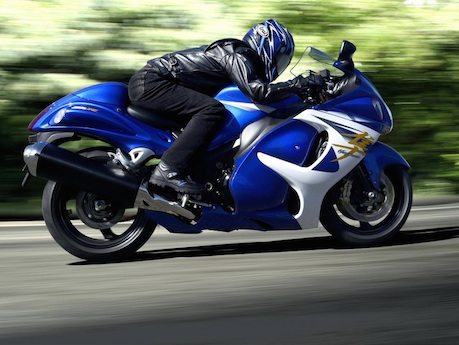Most motorcyclists are not too concerned about fuel economy, but there may be times when you need to ride more economically just to make it to the next service station.
A few years ago, we miscalculated fuel economy on a Harley-Davidson ride to the Iron Run rally in Queenstown, New Zealand.
The low-fuel lights flashed on the bike Heavy Duty editor Neale Brumby was riding as well as mine while we were in the remote forest section on the west coast of the South Island.
We had no idea how far it was to the next service station, so we went into fuel conservation mode.
It was actually fun, if dangerous, as we switched off the bikes for downhill runs, kept corner speeds high and took turns at closely draughting each other.
In fact, we strongly advise you to never switch off your engine while moving!
Some bikes have servo-assisted brakes that require power to operate. It could also cause a rear-wheel lock-up when you switch back on and re-engage the drive.
You will also lose the use of crucial safety features such as brake lights and indicators.
Fuel economy tips
There are much safer ways of conserving fuel if you are ever in the same situation, something more likely in remote areas of Australia’s outback.
Momentum and aerodynamics are the most effective ways of reducing fuel consumption.
Acceleration chews fuel, so you need to keep the momentum going and avoid heavy braking.
That means smooth and light acceleration before you reach the bottom of a hill so that you don’t loose too much speed and need to accelerate hard to get up the next hill.
Keep that momentum going and your speed fairly stable.
Aero hurdle
One of the biggest hurdles to motorcycle fuel economy is the aerodynamics of the machine and rider.
So it is important that the rider crouches down over the tank to decrease their wind resistance.
Check the official fuel economy figures for your motorcycle. Some companies actually list them for various speeds. That’s because they can vary substantially with speed.
Most motorcycles will have optimum fuel consumption figures around 80km/h, thanks to the aerodynamics of a motorcycle, so stay around that speed.
Otherwise, if you are riding in remote areas of Australia, it is a good idea to carry a 5-litre jerry can of fuel.
Even if you know there is a service station 300km down the road, it may not be open, it may be out of fuel, or, as I once found, the electricity is out and they can’t pump the fuel!





